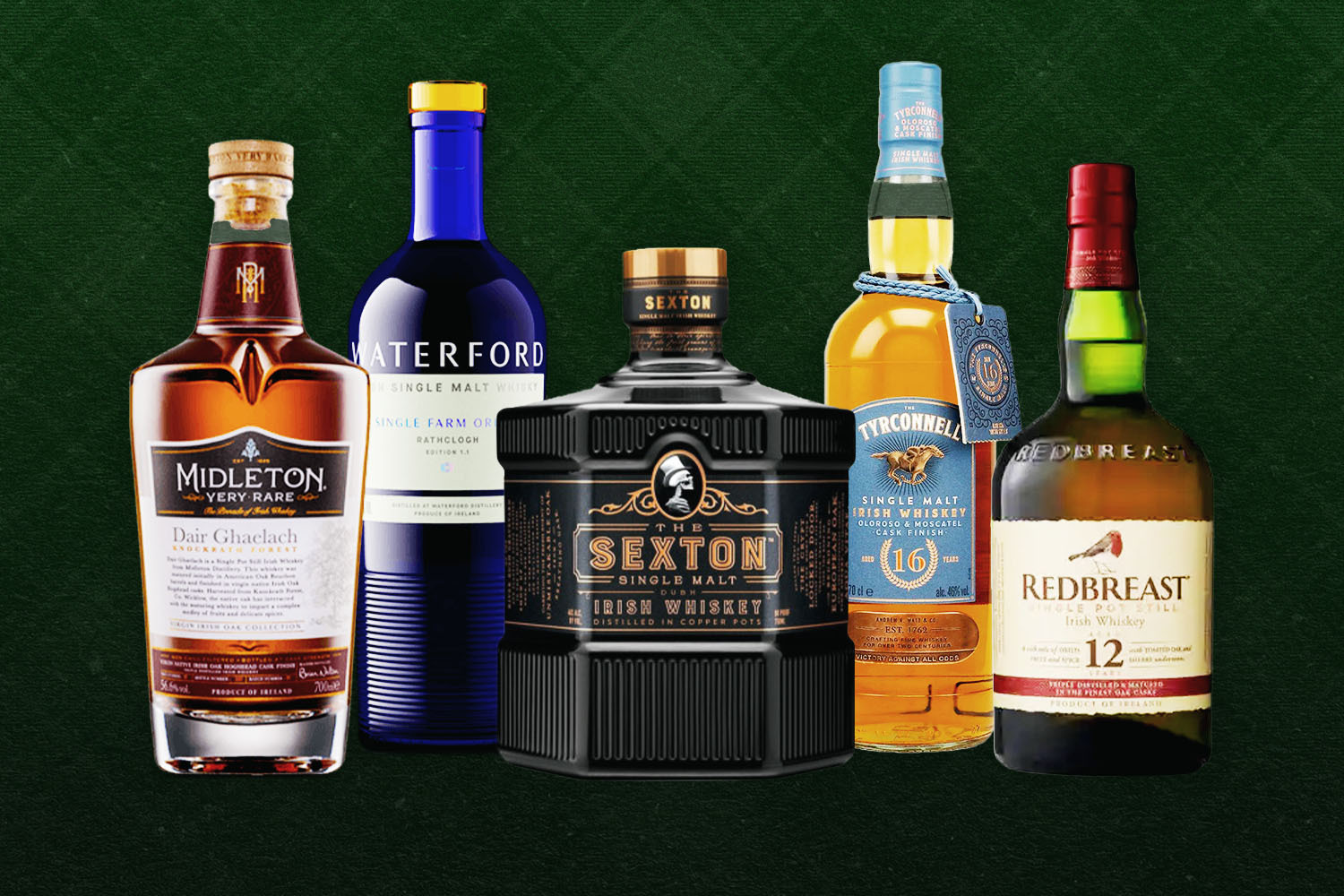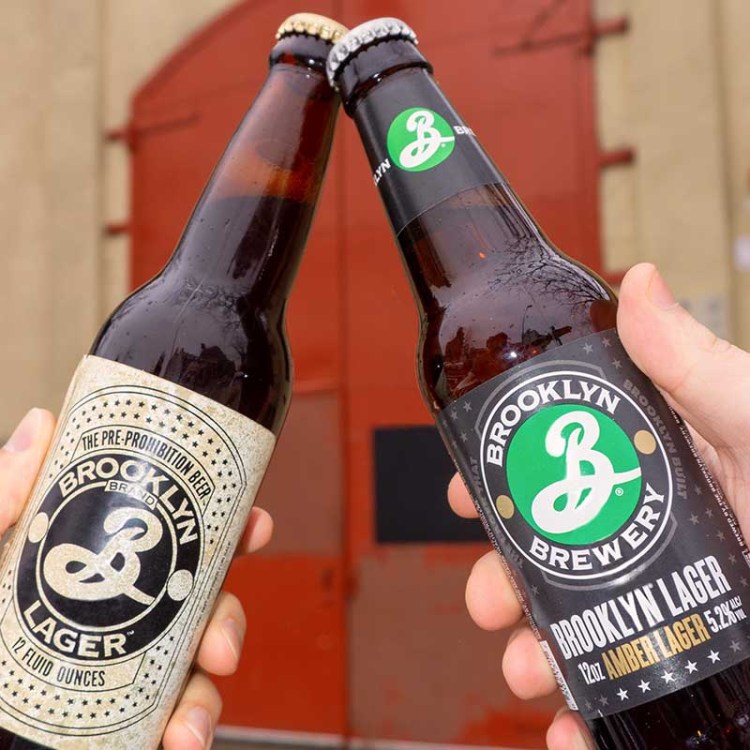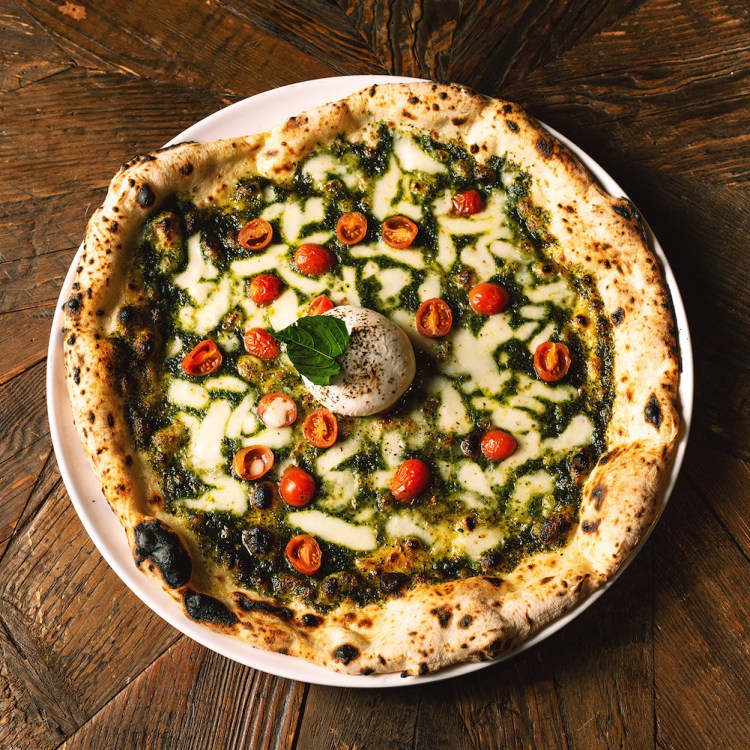Just released, and in time for both International Irish Whiskey Day (March 3rd) and St. Patrick’s Day (March 17th), PADDY DRINKS: The World of Modern Irish Whiskey Cocktails is the latest book from the pros (Jillian Vose, Sean Muldoon and Jack McGarry, along with writer Conor Kelly and photographer Shannon Sturgis) behind The Dead Rabbit, New York’s exemplary Irish whiskey pub and frequent “World’s Best Bar” awardee.
While the book’s primary focus is cocktails — and 90 or so recipes — Paddy spends a fair amount of time helping the reader understand Irish whiskey, which includes an illustrated guide to the stages of distillation production, flavor wheels, tasting notes, and, particularly of interest for drinks newcomers, a guide to the various types of Irish whiskey.

Below, an excerpt from Paddy Drinks, reprinted with permission, that gives a nice summary of the various styles of Irish whiskey, along with key bottlings of each style; if you’re new to the spirit, it’s proof that the category is just as varied and exciting as its American and Scottish counterparts. Plus, we included a cocktail recipe from the book, for the Tipperary, a classic cocktail dating from 1917 that’s fairly easy to create at home and presents, as the authors note, a “rich, balanced [and] familiar” character.
(Note: If you’re around on March 12th in New York, the New York Irish Whiskey Festival — produced in partnership with Jack McGarry and Sean Muldoon of The Dead Rabbit — is a good place to get to know your Irish tipples.)
In Ireland, we distill three very distinct styles of whiskey: pot still, malt, and grain. A fourth style, blended, features a combination of two or more of the other three. The production of each of the three styles is different, and for a distillery to make all three would entail a vast investment of money, time, equipment and expertise. Therefore, the big distilleries often sell distillate to one another so that they don’t have to make each component themselves. For example, Midleton produces both pot still whiskey and grain whiskey, and will sell unaged grain distillate to Bushmills for use in its blends. Bushmills produces malt whiskey but no grain or pot still whiskey, and will supply MIdleton with malt distillate to use in its own blends. And so on. It’s also the case that more brands are opening up their own distilleries and producing their own new-make spirit. As with all things whiskey, it comes down to a question of time.
Single Grain Whiskey
Unlike pot still and malts, grain whiskey is distilled using a column still. This produces a spirit that is lighter and cleaner in body, almost delicate; sweeter in taste, and more floral on the nose. It is most often distilled from a base of corn (maize), with some malted barley added, although this isn’t a requirement. Other grains such as wheat or oats may also be used. A single grain Irish whiskey is only the grain component distilled and matured by itself. Midleton and Cooley currently account for most of the grain whiskey made in Ireland.
Key bottlings: Kilbeggan Single Grain, Teeling Single Grain, The Busker, Clonakilty Bordeaux Cask, Egan’s Vintage Grain, Glendalough Double Barrel, Ballyhoo

Single Malt Whiskey
Malt whiskey must be produced from 100% malted barley. Like pot still, it is double- or triple-distilled in copper pot stills. To quality as single malt, the whiskey must be made solely at one distillery. Currently, the Bushmills and Cooley distilleries produced the greatest volumes of single malt in Ireland. They also provide malt whiskey to other distilleries for use in blends. Irish single malts are typically soft and creamy in texture and “bready” or “biscuity” in their flavor profile.
Key bottlings: Bushmills single malt expressions, Knappogue Castle single malt expressions, Connemara 12 Single Malt, Teeling Single Malt, West Cork expressions, Tyrconnell expressions, The Sexton, Egan’s Expressions
Single Pot Still Whiskey
This style, unique to Ireland, is made from a mash of both malted and unmalted barley, which gives pot still its characteristic full, spicy, rounded flavor and creamy texture. In addition to the barley, the mash may contain up to 5% of other cereal grains, such as rye or oats. The mash is fermented and then double- or triple-distilled in copper pot stills.
Key bottlings: Redbreast expressions; Powers John’s Lane and Powers Three Swallow; Midleton Barry Crockett Legacy; the Spot series (Green Spot, Yellow Spot, and Red Spot), Blue Spot, Drumshanbo, Teeling, The Busker
Blended Whiskey
A blended Irish whiskey is not, by definition, inferior to a single grain, single malt, or pot still whiskey. The success of the blend comes down to the quality of the constituent whiskeys and the skill of the blender. Blends are often light and accessible when grain whiskey is included in the mix, while the addition of pot still of malt whiskey will lend body and complexity. Blended whiskeys — such as Jameson Original — can be a wonderful gateway into the world of Irish whiskey, when a single pot still or single malt whiskey might be too rich or intense.
Key bottlings: (Pot still and grain) Jameson expressions, Powers Gold Label, Clontarf, Kilbeggan (Malt and grain) Bushmills Black Bush, Teeling Small Batch, Writers’ Tears Copper Pot, Dead Rabbit, Dubliner Bourbon Bask, Slane, Roe & Co, Pearse Lyons ‘The Original,” Clonakilty Port Cask, Hinch Small Batch (Pot still and malt) The Irishman Founder’s Reserve; Writers’ Tears (Pot still, malt and grain) Tullamore D.E.W. blends, Paddy, The Busker ‘Triple Cask Triple Smooth,’ Pearse Lyons 5 year old and 7 year old, Dead Rabbit, The Dubliner expressions, Clonakilty expressions, Connacht expressions, Hinch expressions, Slane, Kilbeggan, Roe & Co, Teeling Blackpitts

Tipperary
Adapted by Jack McGarry and Jillian Vose
This cocktail’s first appearance in print was in 1917 in Recipes for Mixed Drinks by Hugo R. Ensslin. It was said to be named after a guest walked in asking for a drink while humming “It’s a Long Way to Tipperary,” an anthem for homesick Irish soldiers during World War I. Other credit is given to Harry Craddock, who included it in his 1930 classic The Savoy Cocktail Book.
- 3 dashes Angostura bitters
- 3 dashes orange bitters
- 3 dashes Vieux Pontarlier absinthe
- .5 oz green Chartreuse
- 1.5 oz house sweet vermouth
- 1.5 oz Powers Three Swallow single pot still Irish whiskey
Add the ingredients to a mixing glass in the order indicated and stir with ice. Strain into a cocktail glass without ice. Garnish with a spritz of orange oil and discard the peel.
This article was featured in the InsideHook NY newsletter. Sign up now for more from all five boroughs.





















